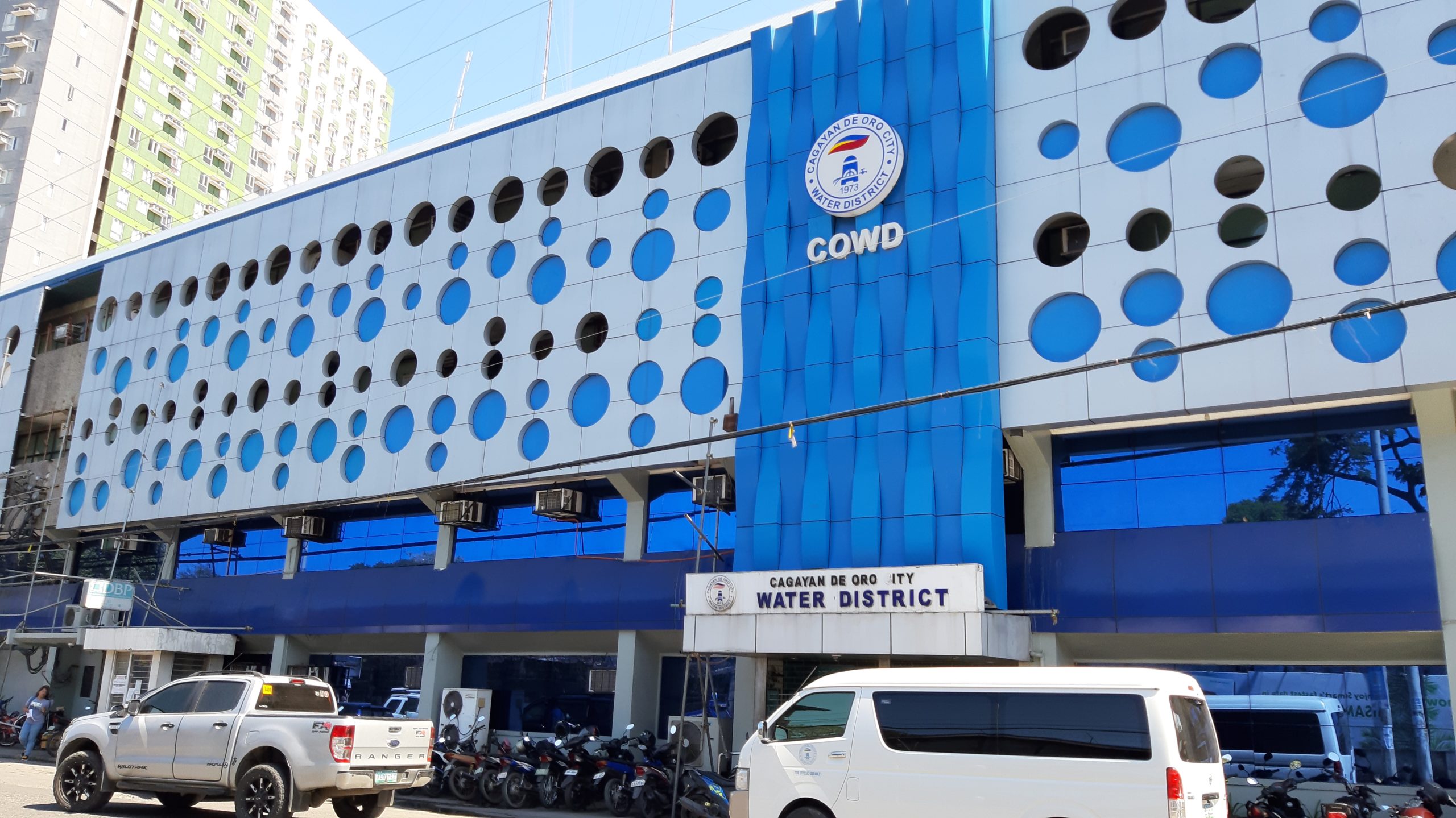Manny Valdehuesa
Part 1
ADVOCATES for adopting the parliamentary form of government make it sound as if it’s a novel idea. To make it more acceptable perhaps, they make it part of the federal package they’re trying to railroad in Congress.
In fact, they need not have bothered, for the parliamentary form of government had already been adopted long ago and made ready for operation at the grassroots level since 1991. Parliamentary is what barangay governance is all about. But it remains inoperative thus far.
Note that in parliamentary governments everywhere, there is no separation of powers among the three branches of government. So is it in the barangay: the executive, legislative and judicial branches are headed by one and the same official—the Barangay Chairman. He chairs the executive branch (his office), the legislative branch (sangguniang barangay), and the judicial branch (lupong tagapayapa).
The parliament, to whom the Punong Barangay is accountable, is the Barangay Assembly—a legislative governing body composed of all voting-age residents. This setup was created on Oct. 10, 1991, when the Local Government Code of 1991 (R.A. 7160) was enacted and signed by President Cory Aquino.
But it turned out that no one paid attention to this parliamentary nature of grassroots governance, not even the people who claim to have authored the Code. If they had looked closely, they would have found that every community at grassroots level had been fitted out with its own parliament. That’s 42,000+ parliaments at the primal level of our republic.
The trouble was, is, this parliament was given a different title, namely: Barangay Assembly. But what’s in a name? Shakespeare said a rose by any other name would smell as sweet. Thus, a parliament by any other name would serve just as well for lawmaking and governing purposes.
The word comes the French verb “parler” (meaning, speaking) which gave birth to the English word “parlay”: to converse, to exchange views, or to hold deliberations—which is what a parliament or an assembly does. It is a legislative body and its acts and decisions determine how the bureaucracy shall operate, how it will conduct the business of governing the jurisdiction.
Parliamentary is what a barangay’s operation is all about. And because it is at the most intimate level of government, being closest to the citizen, right in his neighborhood, it is the correct starting point for reforms or for introducing a new system.
Unfortunately, hardly do barangay folks convene and deliberate on plans, problems, priorities, or challenges facing their community. It’s a pity, because that’s the essence of a parliamentary system: to parle’ (in French); to convene as a deliberative body in order to discuss and exchange views.
It’s in parliament that people—in this case, members of the Barangay Assembly—raise questions or advocate ideas, consider proposals for good governance or development, enact regulations and reform measures, or hold officials accountable.
The Barangay Assembly enjoys the advantage of having an all-inclusive membership; so everyone has the right to participate in its sessions. It literally embodies People Power since it consists of all the sovereign citizens—the source of national honor, integrity, authority, and strength. It is these citizens who elect our Republic’s officials, local and national, high and low. They can legislate ordinances. They can regulate activities, or prescribe local behavior. And they can discipline their officials through the power of Recall, or amend their official acts through the power of Initiative.
Also, like any parliament, this Barangay Assembly is meant to be the community’s engine of development and progress by conceptualizing or initiating all sorts of local programs or projects. It may even originate a desirable practice or tradition that the rest of society can emulate. These are within their power and prerogative. But only if they perform their essential role as the hub of the barangay’s parliamentary government.
There is no reason why they can’t do so. Their barangay has resources of its own—funds, equipment, facilities, land, and other assets—plus others it can avail of including banking institutions and assistance agencies. In wealthy barangays where billions in taxes are collected for real estate and other properties, the barangay has a one-fourth share (23%) of collections. In outlying barangays, their share from what’s collected from extractors of national wealth (mining, forestry, quarrying) is 35% percent.
In other words, contrary to general impression, a barangay has considerable financial and capital resources. Moreover, it has a corporate framework to manage and expand its economy (land, labor, and capital).
But this engine of development has been emasculated by traditional politics. “Trapos” coopt its powers, exercising them as their own, keeping the people out of the loop. Because trapos rely on their limited knowledge or skills, instead of harness the knowledge and technology of their constituents in planning and implementation, their impact on the community’s development and progress is minimal. What they do mostly is spend the funds that belong to the community, often without accountability or transparency.
As a result, the barangay’s parliamentary system is bastardized and turned into an oligarchy. Power is in the hands of a few elected officials. And because this has been going on for so long, it is highly unlikely that legislating the adoption of a parliamentary system to replace the presidential will succeed. The record of local government units bears this out.
It would be better if the parliaments of every barangay are activated first so Filipinos can get the feel of how a parliamentary form of government operates.
(Manny Valdehusa Jr. is a former Unesco regional director for Asia-Pacific and the PPI-Unicef awardee as outstanding columnist. He is chairman/convenor of the Gising Barangay Movement Inc.. E-mail: valdehuesa@gmail.com)
Disclaimer
Mindanao Gold Star Daily holds the copyrights of all articles and photos in perpetuity. Any unauthorized reproduction in any platform, electronic and hardcopy, shall be liable for copyright infringement under the Intellectual Property Rights Law of the Philippines.











